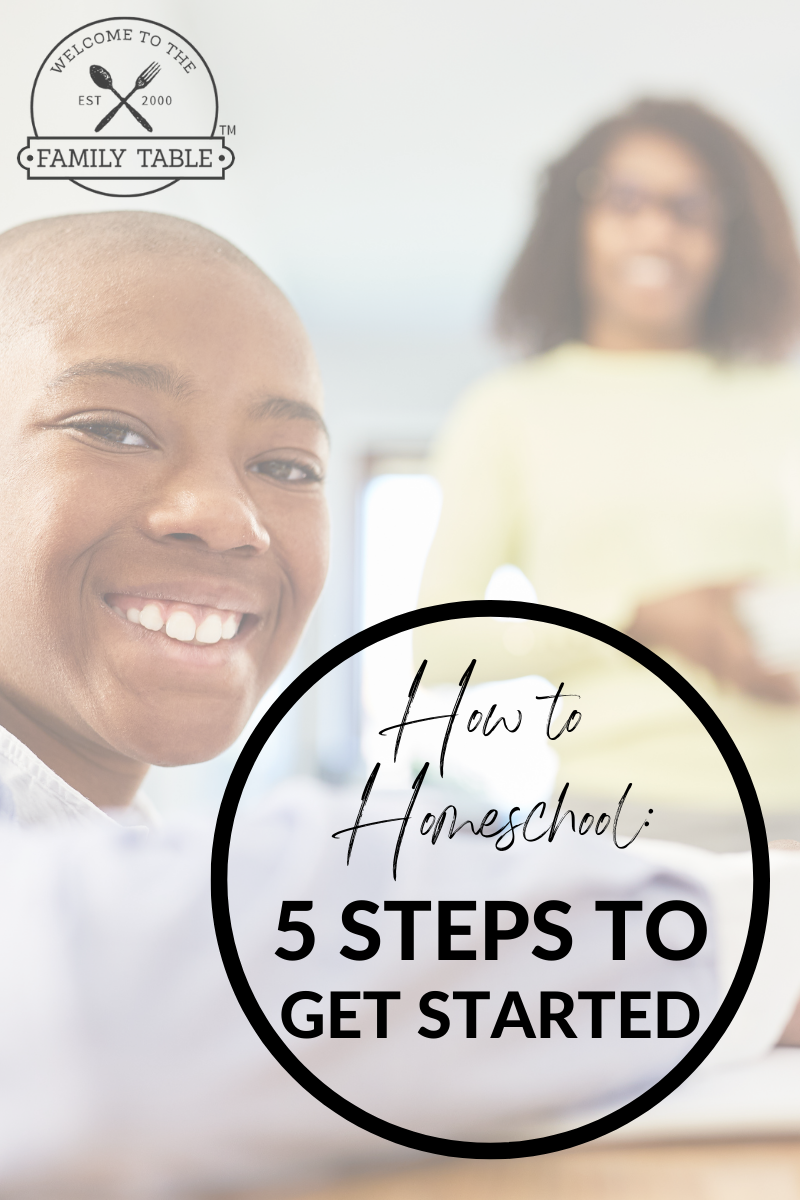Waldorf Homeschooling Method

I am honored and excited to introduce to you:
Katie from Brighton Park who will be talking to us today about the Waldorf method. Read, comment, share, and connect as Wendy shares about Special Needs Homeschooling.
I happened across the Waldorf homeschooling method rather by accident. I realized one day that the homeschool blogs that I had marked as my favorites all had one thing in common…they all used the Waldorf Method in their homeschool. Though I will be starting my 5th year homeschooling this fall, I myself am relatively new to the Waldorf method…and like anyone who has something new they have taken an interest in, I am learning more about it every day. For this reason, I call our homeschool here at Brighton Park “Waldorf-Inspired” which at this juncture in my understanding of the method is more accurate that saying full on Waldorf. Here is how I apply 5 tenants of Waldorf-inspired homeschooling into our homeschool, which includes 5 children under the age 11; two twin boys with special needs and three typical girls.
1. Waldorf curriculum places importance on what’s called the “rhythm” of the day. One activity flows into the other and kids know what to expect each day. It’s structure; but it is not time based…(Think main lessons come after morning songs, not morning songs at 8:00, main lesson at 8:15, etc….) This is one of my favorite components of Waldorf Inspired Homeschooling, I don’t have to be worried about adhering to a schedule, but there is still order. This made a huge difference for the positive in our homeschool, in me, and in the kids– but especially with my twins with special needs. And in our case, while the schedules vary in some specifics day to day due to pre-set obligations (for ex: two days a week the boys have in-home therapy in the morning, one day a week in the afternoon), the main anchor points of each day are the same and the kids know what to expect each particular weekday. This rhythm in the home and knowing what comes next in the day to day activities, with activities flowing one into the next and not based on a clock, gives children a sense of security without giving Mom (me) a sense of pressure. Win-win.
2. Waldorf curriculum places emphasis on nature.
Outside time. Every day. No matter the weather. We live in Arizona so during the summer months, our outside time may be early in the morning or late in the evening, but rain (sometimes it does rain here!) or shine, my kids are out in the great outdoors. We incorporate our outside homesteading activities (backyard chicken keeping, gardening) into this outside time so there is as much outside learning time as there is outside play time.
photo credit: Nicole Wills
3. Waldorf curriculum places an emphasis on art.
Do your kids love arts and crafts? Waldorf, more than most curriculums utilizes crafts to help teach across all subjects and encourages (strongly) handicrafts, especially knitting, crochet and/or needle felting (use caution with young children on this one) at a very young age. OK…I do not know how to knit. Or crochet. But I do like to craft and so do my kids. We incorporate crafts into our learning of all subjects, which, with modifications my special needs twins can also participate in, which I love. This year…the girls and I are learning to do the traditional handicrafts (knitting, crochet) together. Baby steps.
4. Waldorf Curriculum believes in and encourages the power of play.
Play with natural materials (think wood blocks, silk scarves and baby dolls that are high on softness and low on plastic) is encouraged. Imaginative play (think fort building and other play endeavors that engage multiple senses and learning modalities) is encouraged. In our homeschool, we still have a whole lot of plastic toys (incorporating a Waldorf or Waldorf-inspired curriculum does not imply you throw out perfectly good toys that are already in your homeschool), but now I make better, more natural choices when considering new toys. Screen time is limited. We only have one TV in our home, kept in our master bedroom, and computer time is limited. The outcome of this: welcome childhood.
5. Textbooks and worksheets are limited for the 7 and under set.
Seven and under equates to first/second grade and under cognitive level. For my Kindergartner, this means we do more learning via hands on, play and stories (based on a theme that go with our main learning block, which usually includes seasonal cycles and celebrations) and have said no to the hours of sitting at a table doing worksheets: FREEDOM! For my boys with special needs (they are cognitively below a 7 year level) who can’t do worksheets due to fine motor deficits and are only reading at a first grade level, this has allowed them a new way to learn about multiple subjects without being limited by worksheets they are unable to complete or textbooks that they cannot read, and they are able to do these lessons with their sister, not separate like we had to before.
There are so many wonderful things about a Waldorf (or Waldorf-inspired) curriculum. And there are so many more tenants to this curriculum than just the five I listed here. If you think the Waldorf style of homeschooling might appeal to you, I encourage you to learn more about it! For more information, you can visit:
http://en.wikipedia.org/wiki/Waldorf_Education
http://www.bellaonline.com/articles/art24658.asp
http://www.waldorfhomeschoolers.com/category/waldorf-education
http://www.waldorfanswers.org/index.htm
Happy Homeschooling!
Katie Sullivan, M.S., SLP-CCC is a Catholic, wife, mother of 5, speech-language pathologist, special needs parent and Waldorf-inspired homeschooler who pens her homeschooling and homesteading journeys at Brighton Park.
Dear Friends,
If you enjoy reading my blog, would you please take 30 seconds of your time to vote for me? I’ve been nominated for the Top 25 Homeschooling Blogs on Circle of Moms. Click the icon below and it will take you to the voting page and just click “vote”! You can do this once every 24 hours thru June 27. Thank you for all your support. I truly am blessed by each and every one of you!






Katie, I have so enjoyed reading your blog and learning about the Waldorf style! Thank you for sharing here!
Rebecca, thank you so much! We are still learning about it ourselves, but it is such a nice fit for our family. I love that the emphasis in the early years is helping your child aquire a lifelong LOVE of learning and not necessarily a large academic knowledge base for the under 7 set! thanks for reading the blog!
Katie,
Thank you for sharing this on NOBH! We are seriously considering homeschooling our boys next year and as we are researching the different methods, this has proved to be very helpful; not only learning about the Waldorf philosophy, but also discovering this series on the different approaches.
Thank you!
Love and God Bless,
Christy
Yes! I am excited to read all the other guest posts about the different methods and approaches myself and so happy that this blog (so you call yourself a homeschooler) has put this amazing series together for all of us. thanks for stopping by and reading the post!